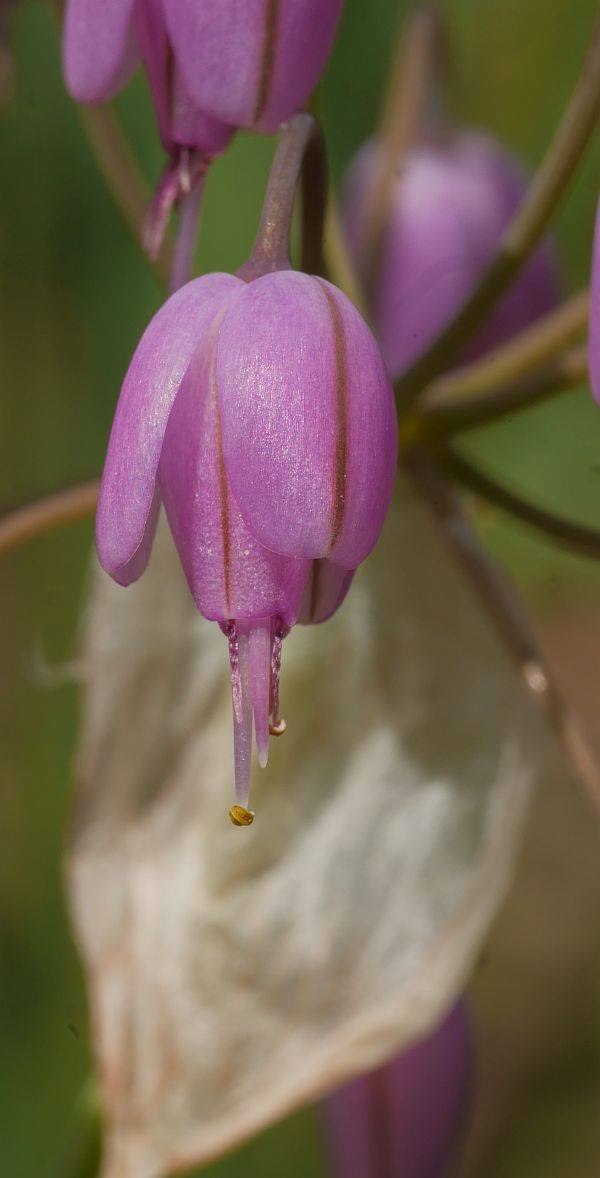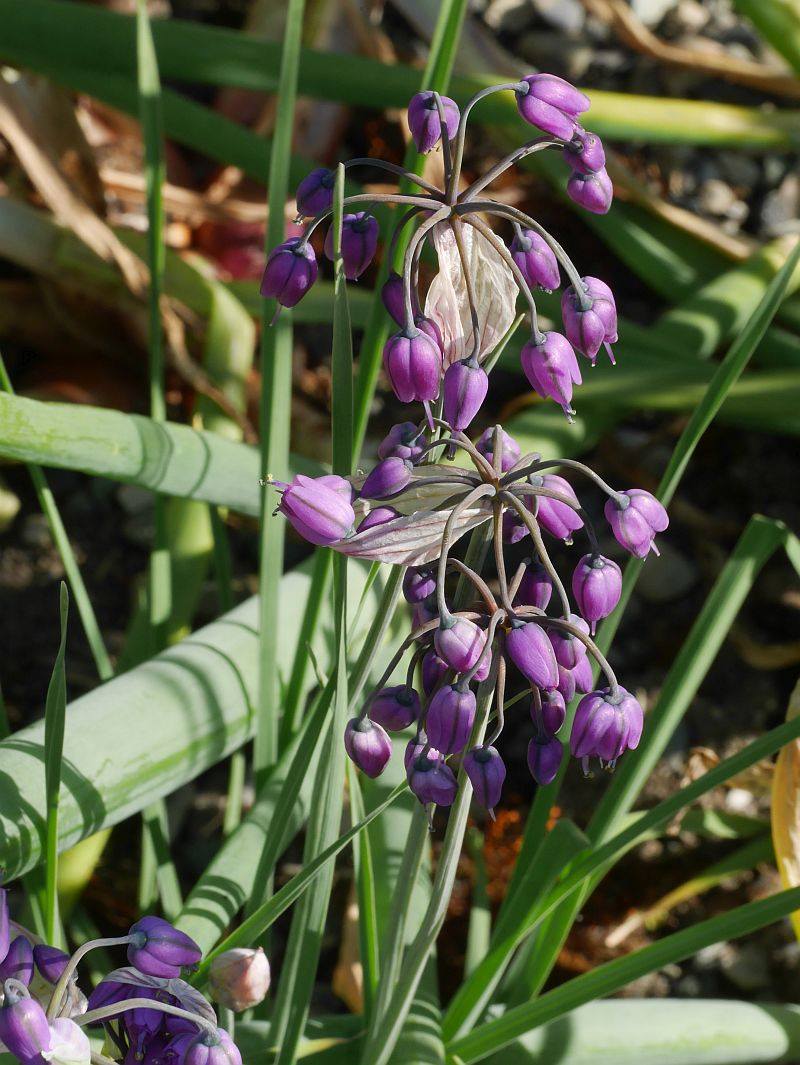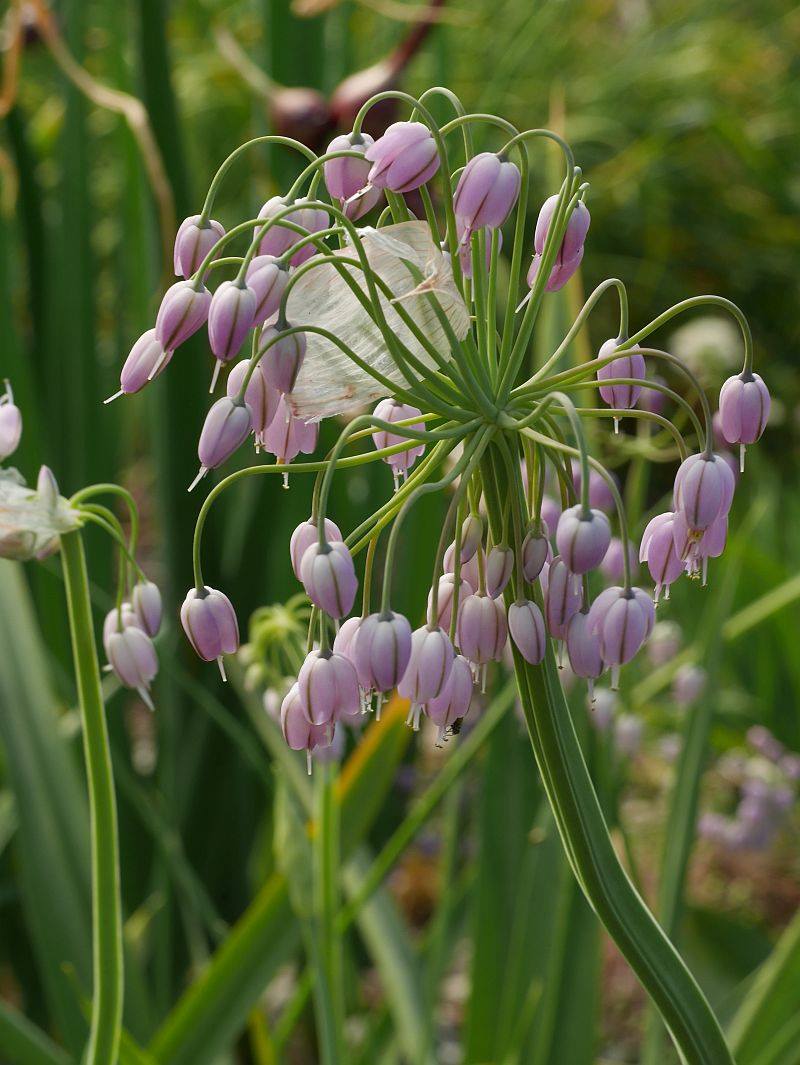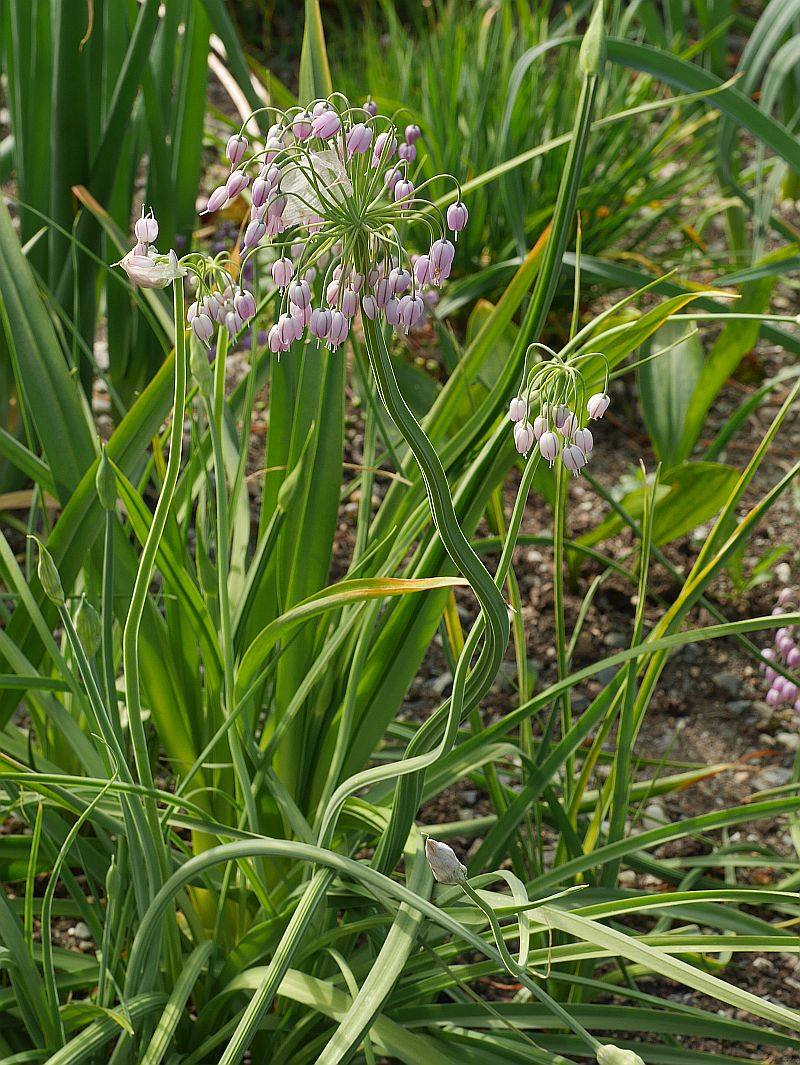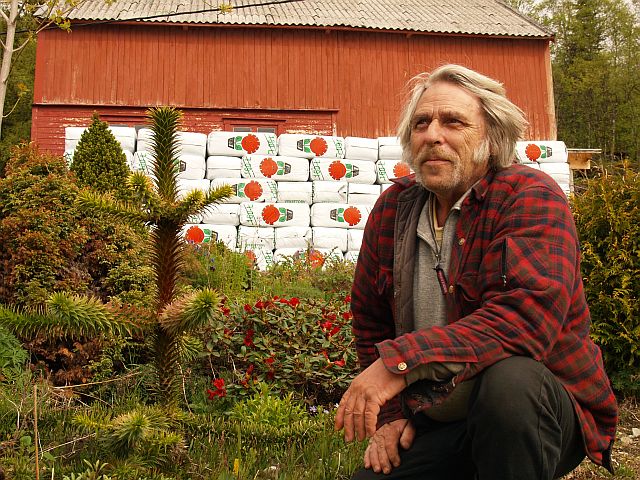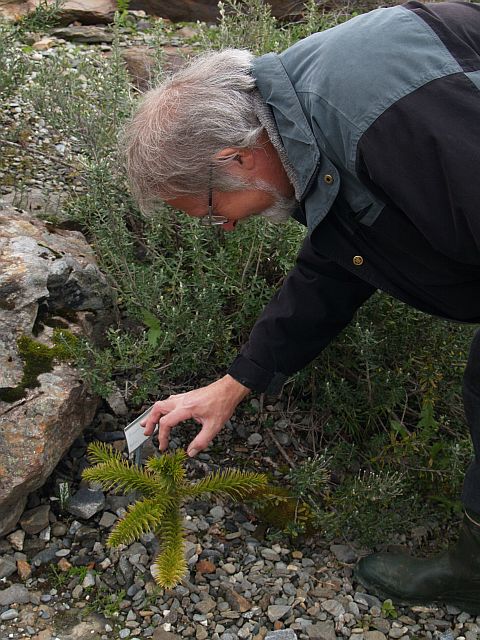My latest book has been published on Monday (with 199 co-authors 😉 ). This is the 300 page Arctic Encyclopaedia and the good news is that it can be downloaded for free at ARCTIC ENCYCLOPAEDIA.
The book explores a wide array of themes—from adventure, aquaculture, food production as well as mining, myths and mental health—with entries spanning the letters A to Ø. Each contributor was assigned a word to define in under 350 words through a short text, poem, photograph, or drawing. My word was GARDEN! You can read my contribution in the picture.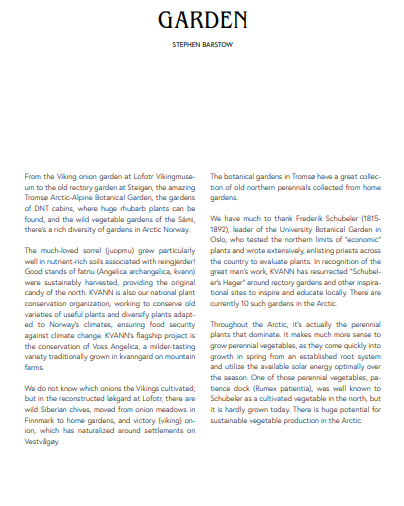

Tag Archives: Tromsø Arctic-Alpine Botanical Garden
Chiugok, Small Bird’s Garlic, a hardy Himalayan edimental
Like Sherpa onion or Nepalese onion Allium wallichii, which features in my book Around the World in 80 plants, chiugok (small bird’s garlic) as Allium macrantum is known in Lithang, Tibet is the latest emerging Alliums in my garden. I often wonder if they are still alive when, in a cold spring they haven’t emerged by the end of May, but both species have overwintered now for almost 20 years.

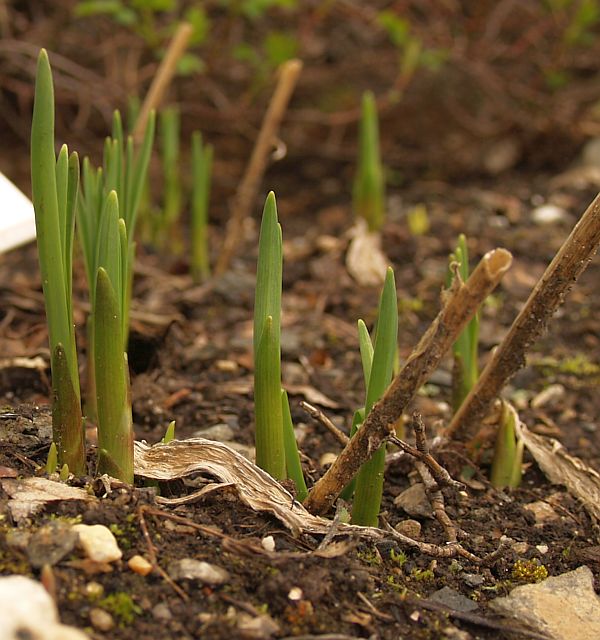
I’m not sure where my oldest plants came from but my second accession came from Vojtec Holubec’s seedlist, collected in Szechuan in China. It’s native to Bhutan, Sikkim, Gansu, Shaanxi, as well as Szechuan and Tibet and grows in wet places at elevations of 2700–4200 metres (Flora of China).
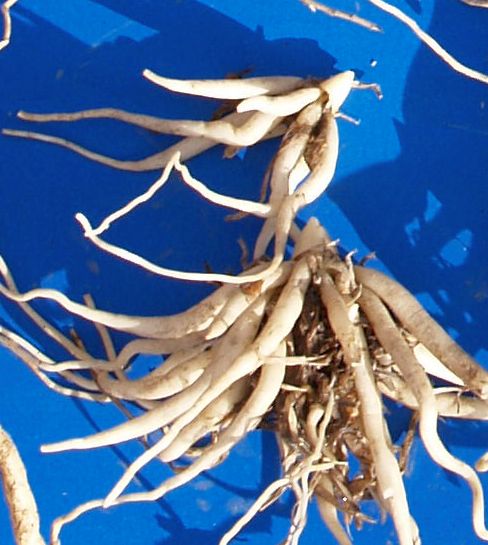
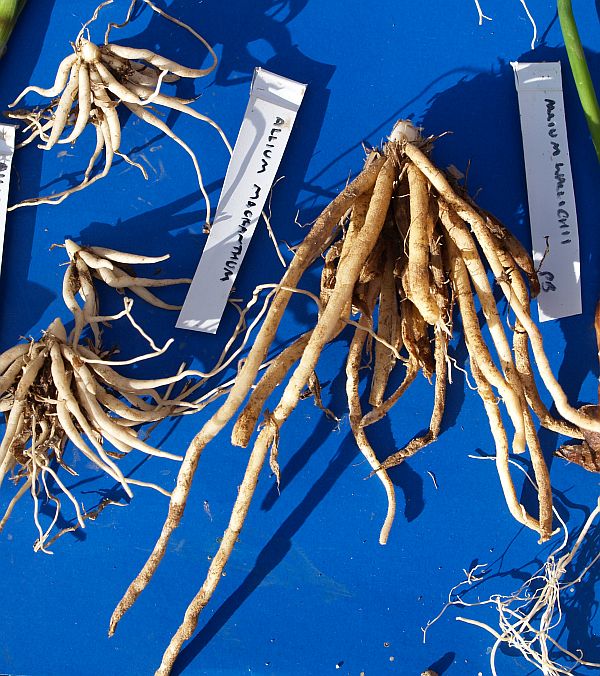
By early July the old roots are withering away and new roots are growing as the flower scape appears:

The flowers are gorgeous hanging on long pedicels. Note that the flower colour varies and the Szechuan accession is pink with green pedicels and has relatively many flowers.
One of my multi-species salads with Allium macranthum flowers in the centre:
Seed heads on 6th September:
Seeds ready to share or trade:
Ethnobotanical records
I searched Google Scholar for evidence of Allium macrantum being used traditionally for food and there were indeed a few ethnobotanical studies recording its use as a food plant. Although not the most popular food Allium in the Himalayas, it is reported to have been one of several species eaten both in Arunachal Pradesh in North East India, the Eastern Hills of India (along with more commonly used Allium wallichii, Allium hookeri and Allium fasciculatum) and used as a spice with meat in South Central Tibet. In Lithang, chiugok “is cleaned and cut into small pieces. It is mixed with butter, tea, roasted barley flour (tsampa), salt, and chilly. Tsampa may not be added. The sauce so obtained is eaten with Tibetan dumplings (mokmok) and fried meat-filled pancakes (shapakle)” (in Traditional knowledge of wild food plants in a few Tibetan communities).
The taste is in my experience relatively strong and therefore best in mixed salads and cooked dishes.
Allium macranthum has also been moved into gardens as an ornamental and has also been used medicinally, including, along with other Allium species, as a cure for altitude sickness!
Norwegian report on my 2009 Victory Onion safari to North Norway and Granvin!
See also:
Monkey puzzles in Norway
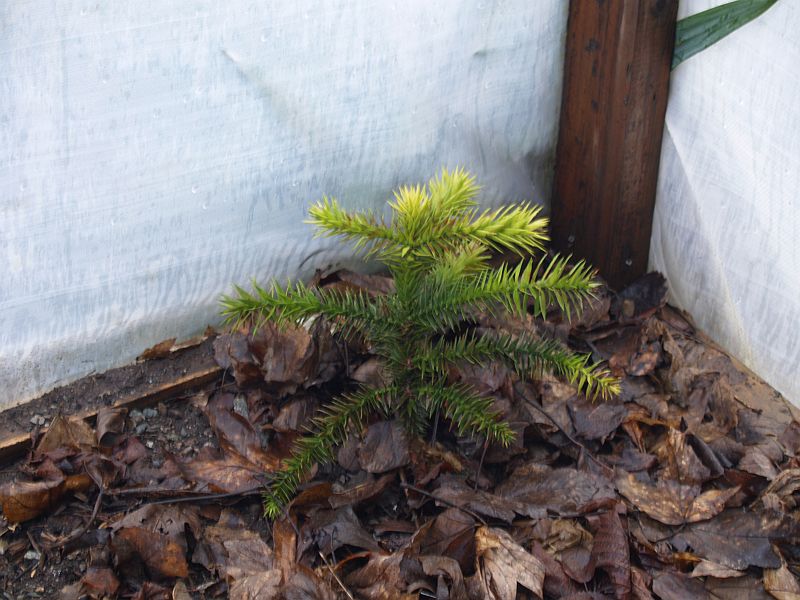
A minimum of about -15C seems to be about the temperature limit here and this limits the area they can be grown to a narrow strip outermost along almost the entire Norwegian coast it turns out. One of the biggest surprises in my gardening life was to discover a monkey puzzle growing in Skavberg nursery not far from the arctic city of Tromsø close to 70°N!! Owner Bjørn Thon was also growing Maori carrots (Aciphylla spp.) from New Zealand and many other plants I’d never seen before in Norway. Bjørn has been a long-term collaborator of the Tromsø Arctic-Alpine Botanical Garden and had been on collection trips to South America. His monkey puzzle had actually been from nuts bought on the market at Puerto Montt in Chile rather than Norwegian trees. The botanical garden, located in a more exposed site than the nursery, also tried but failed, the young plants dying after a few years.
I also have a Brazilian monkey puzzle (Paraná pine) overwintered in my cold cellar without lights at about 3-4C and bring it up as a Xmas tree for a couple of weeks 😊 See http://www.edimentals.com/blog/?p=15467
Other links:
My monkey puzzle safari in Chile (old growth forest)
http://www.edimentals.com/blog/?p=16981
A visit with Andrew McMillion to Norway’s largest monkey puzzle tree: http://www.edimentals.com/blog/?p=16922
Discussion on monkey puzzle on a Norwegian gardening forum in 2009:
http://www.hagepraten.no/viewtopic.php?f=2&t=21063&start=45&hilit=apenes+skrekk



